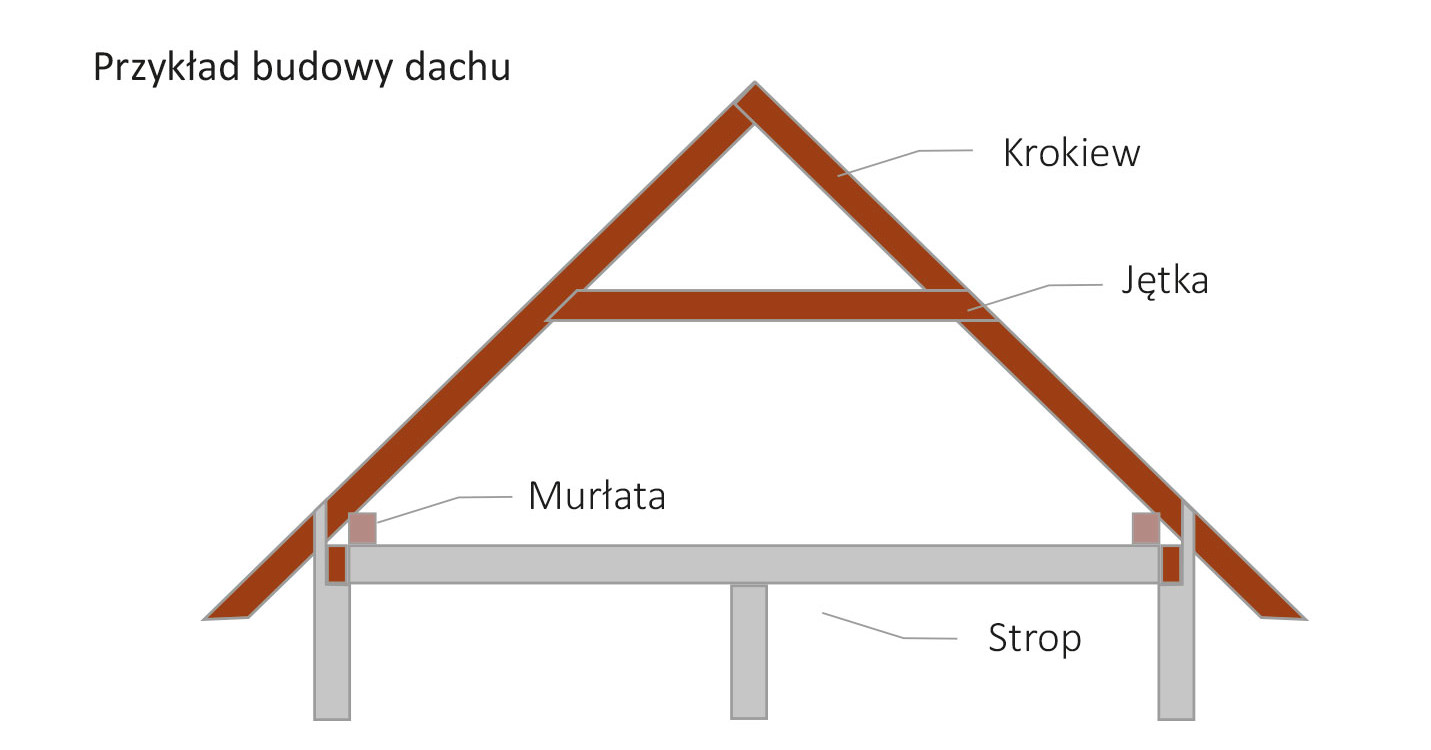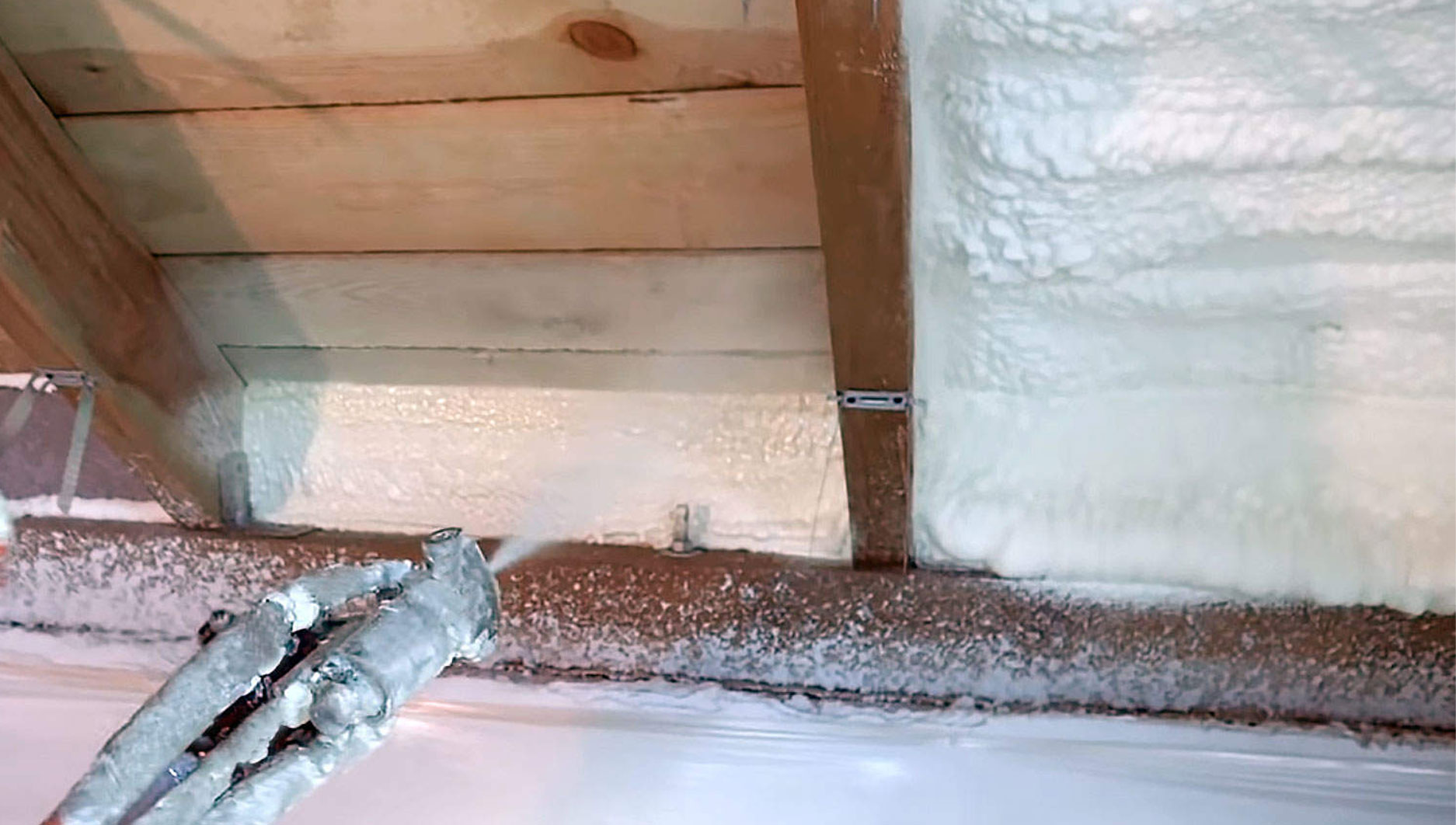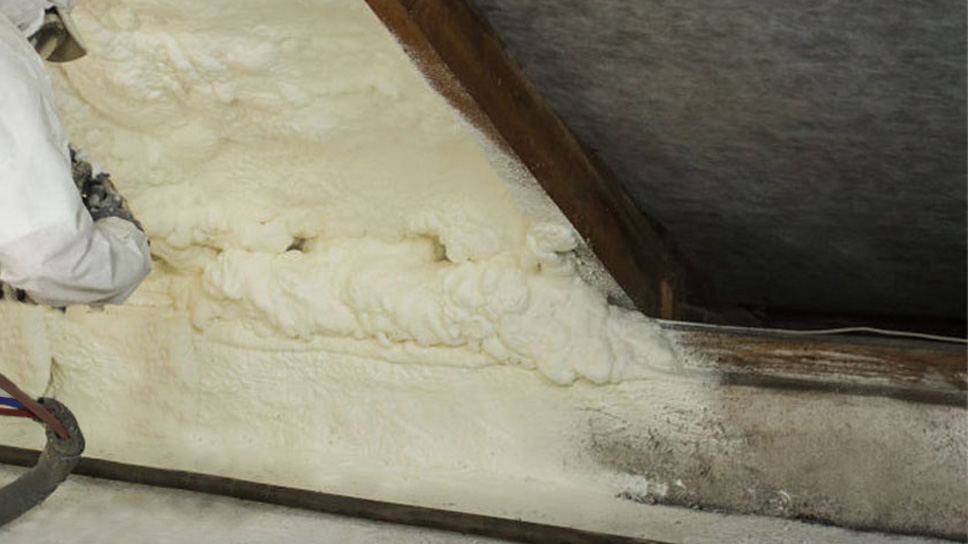How to insulate a roofing wall plate?
The roofing wall plates, or floor purlins, are wooden beams laid parallel to the wall of a residential building. They act as a joint between the roof and the walls of the building. Moreover, they transfer the load of the roof truss to the walls of the house. The purlin has a standardized size - the length of its side ranges from 10 to 15 cm. It is fixed with anchors to the ceiling beam.
The most popular insulation method is to insulate the roofing wall plate from inside, i.e. in the place where it is most often installed. This is the spot where a colder strip is formed, on which water often drips. The roofing wall plate will carry the cold therefore it is necessary to insulate it.
Application of thermal insulation material is carried out from the inside, before installing the plasterboard. The thermal insulator should reach into places that are difficult to access in order to eliminate thermal bridges and the flow of cold air into the house. It is important that it adheres well to the rafters and the roofing wall plate, which will further strengthen the structure of the house.

What is the insulation material for roofing wall plate?
What can the roofing wall plate be insulated with? Polystyrene or mineral wool are often used as insulation for this part of the building. However, PUR foamis gaining in popularity, as due to its formula it adheres perfectly to the wood surface. It prevents formation of thermal bridges through which a lot of heat escapes from the house interior.
Insulating a wall with foam, e.g. open-cell Purios Efoam, forms a vapour-permeable layer, which allows the wood to breathe; this prevents the roof from rotting. The foam tightly fills even hard to reach spots. Moreover, it does not burden the roof structure. Polyurethane foam insulation is also excellent to ensure acoustic insulation. It is of great importance especially in the case of roofs with membrane or tile roofs.
The foam parameters perfectly eliminate the noise which arises, for example, during rainfall. This type of insulation is recommended in particular for utility lofts. The thermo-insulating material does not emit any odour, it is non-allergenic and protects against the development of fungi and mould. It is 100% safe for persons with sensitive respiratory systems.
Why is it important to insulate the roofing wall plate?
 Roofing wall plate foam insulation is located at the junction between the external wall and the roof. These elements are not insulated at the same step of construction, which is why thorough insulation of the brickwork is often omitted. This results in the creation of thermal bridges, through which a lot of energy escapes. Consequently, heating bills increase and the quality of life decreases.
Roofing wall plate foam insulation is located at the junction between the external wall and the roof. These elements are not insulated at the same step of construction, which is why thorough insulation of the brickwork is often omitted. This results in the creation of thermal bridges, through which a lot of energy escapes. Consequently, heating bills increase and the quality of life decreases.
Insulation of the roofing wall plate with a selected thermal insulation material should form a tight layer. In order to achieve the desired effect, the insulation layer must bond with the wall insulation. Before choosing the right insulation material it is worth taking into account the material the roof is made of - the insulation material must not made wood degraded. The thermal insulation of the roofing wall plate must allow the wooden elements to breathe and evaporate moisture.

 This website uses cookies. By using this website, you consent to the use of cookies in accordance with your browser settings.
This website uses cookies. By using this website, you consent to the use of cookies in accordance with your browser settings.